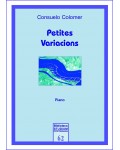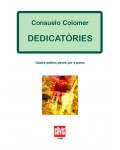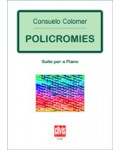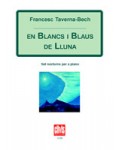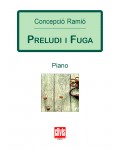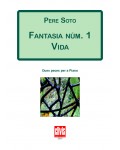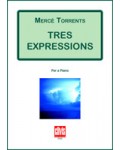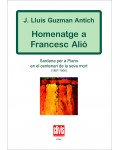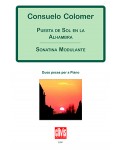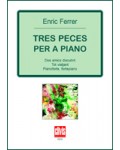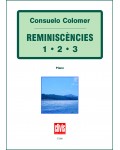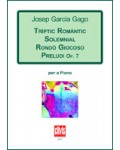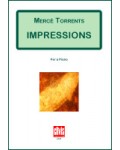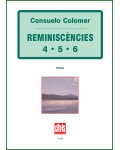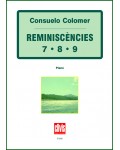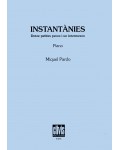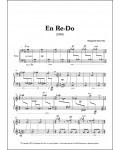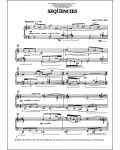
No products
Prices are tax included
Product successfully added to your shopping cart
There are 0 items in your cart. There is 1 item in your cart.
- English
- Castellano
- Català
Itineraris I
E375
New product
The sea (Onades i roques and El blanc i el blau) and the desert (Tres Terres) are topics that have inspired the music for piano of Anna Bofill, of these two volumes Itineraris (Itineraries); also literature and poetry (La nit, Tocs de fum and Dansa oblíqua) are immersed in the colors and rhythms of these pieces with diverse routes.
| Period | XXth Century |
| Subheading / Parts | Onades i roques - Tres terres (Terra àrida-Terra perduda-Terra lleugera) - La nit - Dansa obliqua |
| Instruments | piano |
| Pages | 27 |
| Contents | score |
| ISMN | 979-0-3502-0748-8 |
| Edition | Printed |
Onades i roques (Waves and Rocks). It pays homage to Virgina Woolf and is inspired by her personality, which I understand as related to the sea, particularly with the movement of the water, the continuous game played by the waves and their breaking into foam.
The Tres terres (Three Lands) -Arid, Lost and Light-. These are three ideas related to the “interior” desert in characters like Amalia Domingo, Calamity Jane and Alejandra Pizarnik.
La nit (The Night). It is mainly a tribute to Anne Sexton, although it could also be referring to three poets about whom this conference spoke about -Sexton, Rich i Plath-, since the three look for their identity and suffer their existential emptiness: to be or not to be further contained in the night. The music of La nit is based on very slow movements, with little flirtation, but very rich in overtones that act as sound structuring elements.
Dansa obliqua (Oblique Dance). It is a composition based on a combination of eight numbers, designed to act as a wild card for all the conferences. The perpetuum mobile of its forms, subjected to small transformations at a constant rhythm, pretends to represent Parmenide's idea of the continuous process of Becoming that life is, that words are.
Anna Bofill

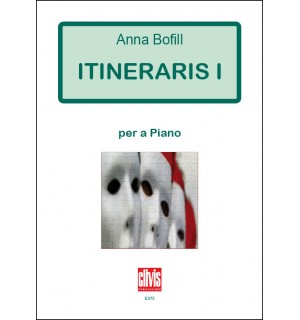




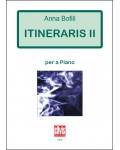
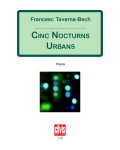
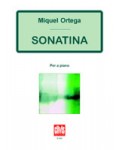
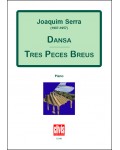
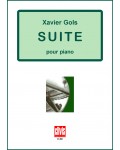
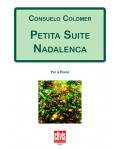
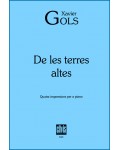
![Tema amb [4] Variacions](https://www.clivis.cat/1965-home_default/tema-amb-4-variacions.jpg)
